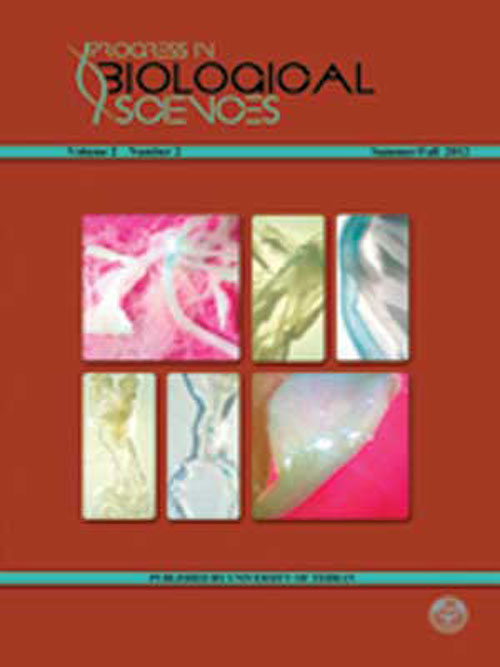Nano-Metal oxides induced sulforaphane production and peroxidase activity in seedlings of Lepidium draba (Brassicaceae)
Author(s):
Abstract:
Effects of different concentrations [0, 1, 5, 10, 20 and 40 mgL-1] of Fe3O4 and CuO nano-particles (nFe3O4 and nCuO) were investigated on sulforaphane (SFN) production level in 7-day-old seedlings of Lepidium draba at different time intervals (8 and 16 hrs). According to the results, the influence of the particles on SFN content depends on nano-particle (NP) concentrations, time of treatment as well as chemical nature of NPs. The SFN content was significantly increased in treated seedlings with 5 mgL-1nCuO and all nFe3O4 concentrations as well as nFe3O4-treated callus after 8 hrs. However, by the increasing treatment time to 16 hrs, no significant changes on the SFN content were seen compared to the control. Furthermore, activity of peroxidase was also significantly promoted in treatment with both NPs (especially at higher concentrations) after 8 hrs and drastically decreased after 16 hrs. On the other hand, seed germination as well as the root and shoot length (except root length in treatment with nFe3O4) decreased compared to the control when seed germinated and plant growth in presence of both NPs for 7 days. Totally, these observations can be attributed to induce oxidative stress by NPs as a subsequence of their uptake by the plant. The increment in production of the phytochemicals through nano-metals treatment (nano-elicitation), opens an opportunity for induction of beneficial phytochemical content.
Keywords:
CuO nano , particles , Fe3O4 nano , particles , Glucoraphanin , Nano , elicitation
Language:
English
Published:
Progress in Biological Sciences, Volume:6 Issue: 1, Winter and Spring 2016
Pages:
75 to 83
https://magiran.com/p1600106


